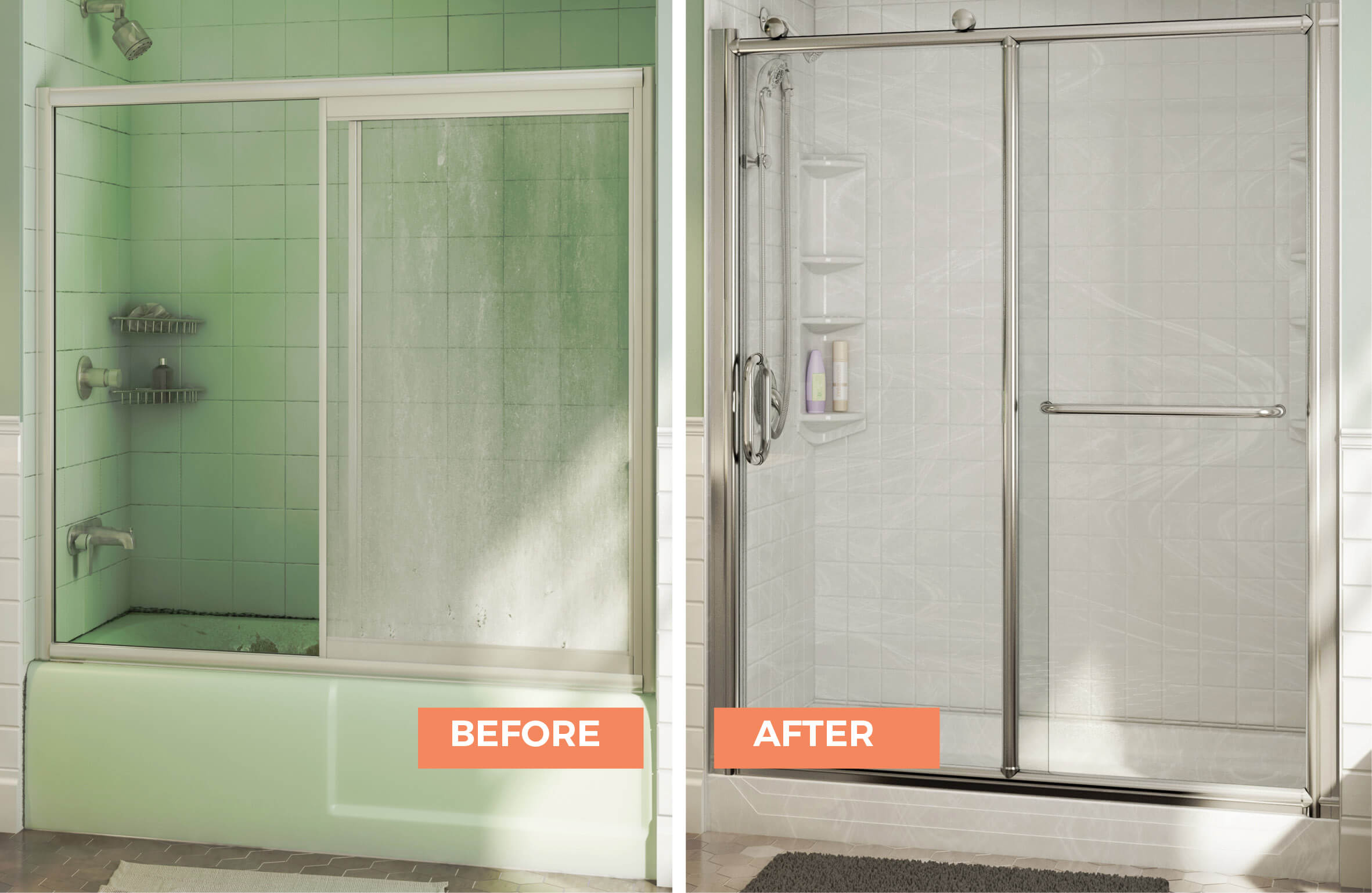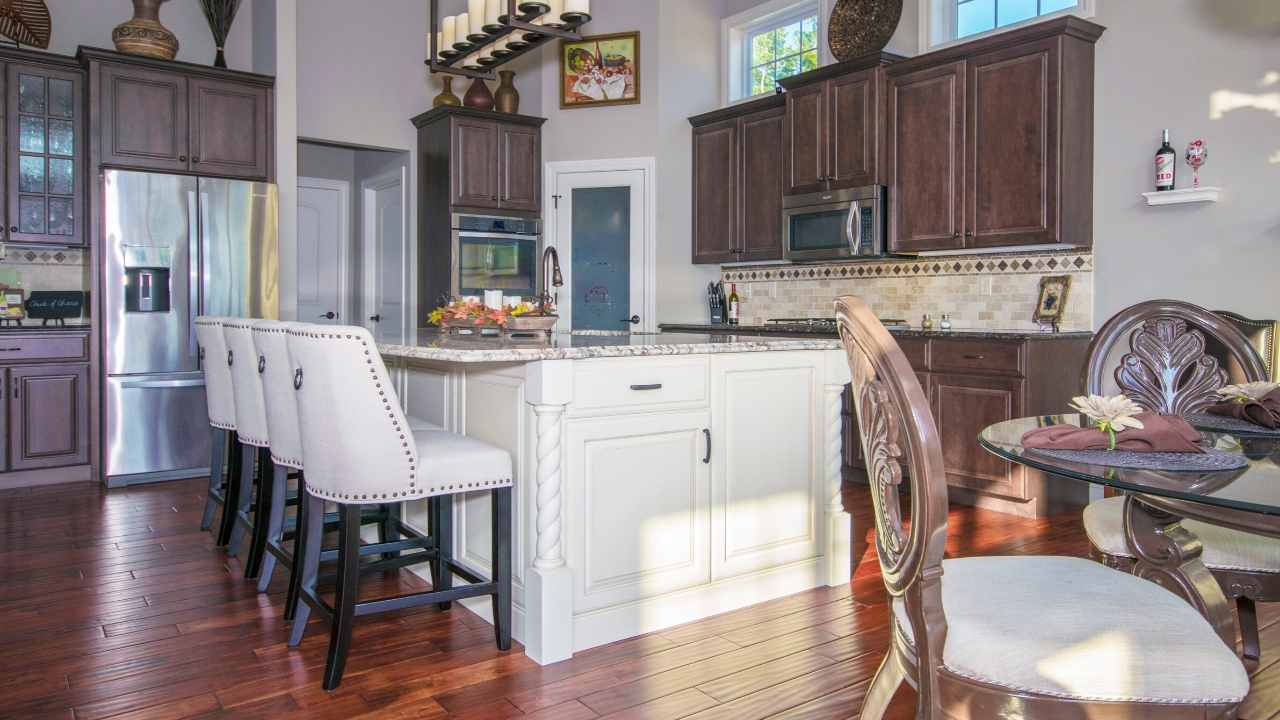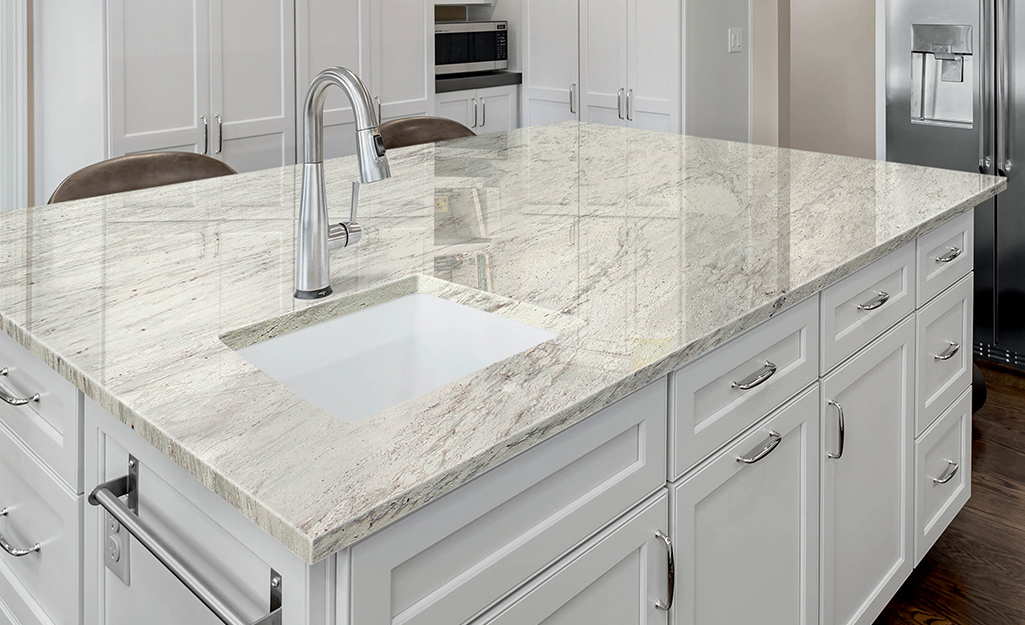
Before you decide to take down a wall. Non-load bearing walls will require a more surgical approach. Blasting them down with hammers is dangerous and can cause damage. Instead, dismantling a wall is done in layers, like peeling an onion. First you need to remove any items within the wall. After that, you need to remove the wallpaper. Once you're done, cut down the existing studs and remove any remaining wall-supporting structure.
Before you begin, determine whether the wall can support loads. This can be a difficult task if the wall is constructed of bricks. In such cases, you will require a structural engineer’s report. The next step is to determine if the wall contains plumbing. You will need to route the pipes and outlets if they are. Removing load-bearing walls is dangerous.

You might consider tearing down a wall if you are renovating an old home. This is a great way for you to make your home feel larger and more welcoming. Then, you can start working on a new design. A wall can be removed to create more space in your home. Remember to protect your property. Remember to take into consideration the impact on the surrounding environment when you are tearing down rooms.
Before you begin tearing down a building, identify whether it is load-bearing. Examining a wall closely can often tell you if it is load-bearing. If you're working on a second floor, you can check for any drains in the basement or crawlspace. Once you have checked for drains in the basement or crawlspace, you can proceed to removing and repairing the wall. This is a great way of opening up the space and letting more light in.
Before you take down a wall make sure to inspect for any plumbing issues. By inspecting the wall carefully, you can determine if it's load-bearing. Many sinks have drains concealed in the wall. Be sure to inspect the pipes underneath it to make sure there are no obstructions. If they are located in the crawlspace you must also turn off the water and electricity mains.

Before you start tearing down a wall in a crawlspace, turn off the water supply. Consider the plumbing when you are tearing down wall in crawlspace. For instance, if the sink or toilet is backed up, it's likely a load-bearing wall. You can also search for other plumbing options if you are removing the wall from a second story. Check your crawlspace.
FAQ
Do I need permits to renovate my house?
Yes. You will need permits to start any home renovation project. A building permit and plumbing permit are required in most cases. You might also require a zoning permission depending on which type of construction is being undertaken.
How can I avoid getting ripped off when renovating my house?
Knowing what you're paying for is the best way to avoid being scammed. It is important to carefully read all terms and conditions before signing any contract. Do not sign unsigned contracts. Always ask for copies of signed contracts.
Can I rent a dumpster?
A dumpster can be rented to dispose of your debris after you have completed your home renovation. Renting a dumpster to dispose of your trash is a great option.
How long does it take for a home to be renovated?
It all depends on the project's size and how many hours you spend each week. An average homeowner will spend three to six hours a week on the project.
You can live in a house while it is being renovated.
Yes, you can live in your house while you renovate it.
Can you live in a house and have renovations ongoing? The time taken to complete the work will impact the answer. If the renovation lasts less then two months, then it is possible to live in your home while it is being constructed. You cannot live in your house while the renovation process is ongoing if it lasts more than two years.
Because of the possibility of falling objects, you shouldn't live in your home while a major construction project is underway. Noise pollution and dust from heavy machinery on the job site could also be a problem.
This is especially true if you live in a multi-story house. If this happens, the sound and vibration caused by the construction workers can cause significant damage to your home and contents.
As mentioned earlier, you will also have to deal with the inconvenience of living in a temporary shelter while your home is being renovated. This means that you won't have access to all the amenities that come with your own home.
You won't be allowed to use your dryer or washing machine while they are being repaired. Additionally, the smell of paint fumes or other chemicals will be a constant annoyance as well as the banging sound made by workers.
These factors can cause stress and anxiety in you and your family. It is therefore important to plan ahead so that you don't end up feeling overwhelmed by the situation.
Do your research before you begin renovating your home. You can avoid costly mistakes later.
A reputable contractor can also be of assistance to you in order to make sure everything runs smoothly.
Is it better for floors or walls to be done first?
It's important to know what you want to accomplish before you start any project. It's important to think about how you are going to use the space, who will use it and why they need it. This will help to decide whether flooring or wall coverings is best for you.
You can choose to put flooring in the first place if you decide to open up your kitchen/living space. Wall coverings can be used if the intention is to keep this area private.
Statistics
- On jumbo loans of more than $636,150, you'll be able to borrow up to 80% of the home's completed value. (kiplinger.com)
- Rather, allot 10% to 15% for a contingency fund to pay for unexpected construction issues. (kiplinger.com)
- Most lenders will lend you up to 75% or 80% of the appraised value of your home, but some will go higher. (kiplinger.com)
- The average fixed rate for a home-equity loan was recently 5.27%, and the average variable rate for a HELOC was 5.49%, according to Bankrate.com. (kiplinger.com)
- They'll usually lend up to 90% of your home's "as-completed" value, but no more than $424,100 in most locales or $636,150 in high-cost areas. (kiplinger.com)
External Links
How To
Where can i find information about home renovations?
Home improvement projects are an excellent way to save money while improving your home. You can make your home attractive without spending a lot. Paint, landscaping, and adding a pool are just a few of the many options. If you are interested in making these changes, there are many resources online that can help you decide which project is right for you.
The internet offers a wealth information about home renovation projects. Many websites provide detailed instructions to help you complete different tasks. These sites often contain pictures of completed projects, so you can easily envision how your own home would look after completing each task.
Professionals might also publish articles on home improvement topics. A magazine article might tell you which paint is best for your walls. This article may give you some tips for choosing the right colors and types to match your decor.
There are websites that offer home improvement advice and recommendations. Houzz.com is a great place to find out more about home improvements. Each website contains useful information about products, services, and other relevant topics.
Some websites are just for home improvement. Lowe's.com may be a good example. Here you can browse their catalog of materials and tools for home improvement projects. You might also find helpful information about choosing and installing window treatments.
Home improvements are often fun, entertaining, and rewarding. These are the things you can do to improve your home.